Statistical Arbitrage – Andrew Pole
Original price was: $24.00.$4.00Current price is: $4.00.
Statistical Arbitrage – Andrew Pole Download. Filled with in-depth insights and expert advice, Statistical Arbitrage contains comprehensive analysis that w…
🎓 Learn and Grow with Statistical Arbitrage – Andrew Pole - Original price was: $24.00.$4.00Current price is: $4.00.
Discover your true potential with the Statistical Arbitrage – Andrew Pole - Original price was: $24.00.$4.00Current price is: $4.00. course. Tailored for individuals at every skill level, this in-depth online program equips you with essential tools and proven strategies to excel in both your personal and professional endeavors.
Salepage link: At HERE. Archive:
Description
While statistical arbitrage has faced some tough times?as markets experienced dramatic changes in dynamics beginning in 2000?new developments in algorithmic trading have allowed it to rise from the ashes of that fire. Based on the results of author Andrew Pole?s own research and experience running a statistical arbitrage hedge fund for eight years?in partnership with a group whose own history stretches back to the dawn of what was first called pairs trading?this unique guide provides detailed insights into the nuances of a proven investment strategy. Filled with in-depth insights and expert advice, Statistical Arbitrage contains comprehensive analysis that will appeal to both investors looking for an overview of this discipline, as well as quants looking for critical insights into modeling, risk management, and implementation of the strategy.
Table of Contents
- Preface.
- Foreword.
- Acknowledgments.
- Chapter 1. Monte Carlo or Bust.
- Beginning.
- Whither? And Allusions.
Chapter 2. Statistical Arbitrage.
- Introduction.
- Noise Models.
- Reverse Bets.
- Multiple Bets.
- Rule Calibration.
- Spread Margins for Trade Rules.
- Popcorn Process.
- Identifying Pairs.
- Refining Pair Selection.
- Event Analysis.
- Correlation Search in the Twenty-First Century.
- Portfolio Configuration and Risk Control.
- Exposure to Market Factors.
- Market Impact.
- Risk Control Using Event Correlations.
- Dynamics and Calibration.
- Evolutionary Operation: Single Parameter Illustration.
Chapter 3. Structural Models.
- Introduction.
- Formal Forecast Functions.
- Exponentially Weighted Moving Average.
- Classical Time Series Models.
- Autoregression and Cointegration.
- Dynamic Linear Model.
- Volatility Modeling.
- Pattern Finding Techniques.
- Fractal Analysis.
- Which Return?
- A Factor Model.
- Factor Analysis.
- Defactored Returns.
- Prediction Model.
- Stochastic Resonance.
- Practical Matters.
- Doubling: A Deeper Perspective.
- Factor Analysis Primer.
- Prediction Model for Defactored Returns.
Chapter 4. Law of Reversion.
- Introduction.
- Model and Result.
- The 75 percent Rule.
- Proof of the 75 percent Rule.
- Analytic Proof of the 75 percent Rule.
- Discrete Counter.
- Generalizations.
- Inhomogeneous Variances.
- Volatility Bursts.
- Numerical Illustration.
- First-Order Serial Correlation.
- Analytic Proof.
- Examples.
- Nonconstant Distributions.
- Applicability of the Result.
- Application to U.S. Bond Futures.
- Summary.
- Appendix 4.1: Looking Several Days Ahead.
Chapter 5. Gauss is Not the God of Reversion.
- Introduction.
- Camels and Dromedaries.
- Dry River Flow.
- Some Bells Clang.
Chapter 6. Interstock Volatility.
- Introduction.
- Theoretical Explanation.
- Theory versus Practice.
- Finish the Theory.
- Finish the Examples.
- Primer on Measuring Spread Volatility.
Chapter 7. Quantifying Reversion Opportunities.
- Introduction.
- Reversion in a Stationary Random Process.
- Frequency of Reversionary Moves.
- Amount of Reversion.
- Movements from Quantiles Other Than the Median.
- Nonstationary Processes: Inhomogeneous Variance.
- Sequentially Structured Variances.
- Sequentially Unstructured Variances.
- Serial Correlation.
- Appendix 7.1: Details of the Lognormal Case in Example.
Chapter 8. Nobel Difficulties.
- Introduction.
- Event Risk.
- Will Narrowing Spreads Guarantee Profits?
- Rise of a New Risk Factor.
- Redemption Tension.
- Supercharged Destruction.
- The Story of Regulation Fair Disclosure (FD).
- Correlation During Loss Episodes.
Chapter 9. Trinity Troubles.
- Introduction.
- Decimalization.
- European Experience.
- Advocating the Devil.
- Stat. Arb. Arbed Away.
- Competition.
- Institutional Investors.
- Volatility Is the Key.
- Interest Rates and Volatility.
- Temporal Considerations.
- Truth in Fiction.
- A Litany of Bad Behavior.
- A Perspective on 2003.
- Realities of Structural Change.
- Recap.
Chapter 10. Arise Black Boxes.
- Introduction.
- Modeling Expected Transaction Volume and Market Impact.
- Dynamic Updating.
- More Black Boxes.
- Market Deflation.
Chapter 11. Statistical Arbitrage Rising.
- Catastrophe Process.
- Catastrophic Forecasts.
- Trend Change Identification.
- Using the Cuscore to Identify a Catastrophe.
- Is It Over?
- Catastrophe Theoretic Interpretation.
- Implications for Risk Management.
- Appendix 11.1: Understanding the Cuscore.
- Bibliography.
- Index.
Forex & Trading – Foreign Exchange Course
You want to learn about Forex?
Foreign exchange, or forex, is the conversion of one country’s currency into another.
In a free economy, a country’s currency is valued according to the laws of supply and demand.
In other words, a currency’s value can be pegged to another country’s currency, such as the U.S. dollar, or even to a basket of currencies.
A country’s currency value may also be set by the country’s government.
However, most countries float their currencies freely against those of other countries, which keeps them in constant fluctuation.
📚 Why Choose the Statistical Arbitrage – Andrew Pole - Original price was: $24.00.$4.00Current price is: $4.00. Course?
The Statistical Arbitrage – Andrew Pole - Original price was: $24.00.$4.00Current price is: $4.00. course is more than just an online program—it's a transformative learning experience designed to help you reach new heights. Here's why learners from around the world trust WSOLib:
- ✅ Comprehensive and easy-to-follow course content.
- ✅ Practical techniques that you can apply immediately.
- ✅ Lifetime access to all course materials.
- ✅ Learn at your own pace, from anywhere in the world.
- ✅ No hidden fees—one-time payment with full access.
💻 What’s Included in the Statistical Arbitrage – Andrew Pole - Original price was: $24.00.$4.00Current price is: $4.00. Course?
This course comes with:
- 🎥 High-quality video lessons that guide you step-by-step.
- 📄 Downloadable resources and course materials.
- 🧩 Interactive exercises to enhance your learning experience.
- 📧 Access to customer support for any assistance you need.
Specification: Statistical Arbitrage – Andrew Pole
|
User Reviews
Only logged in customers who have purchased this product may leave a review.

Original price was: $24.00.$4.00Current price is: $4.00.

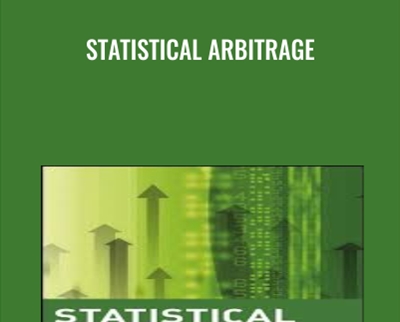






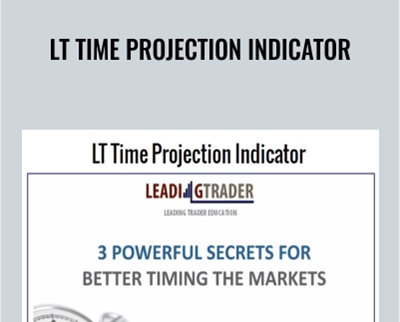
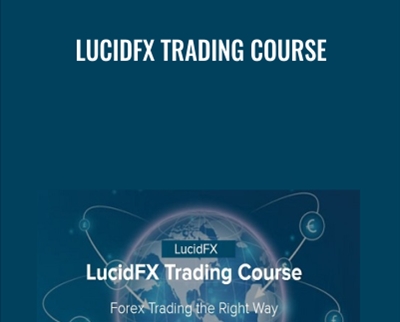
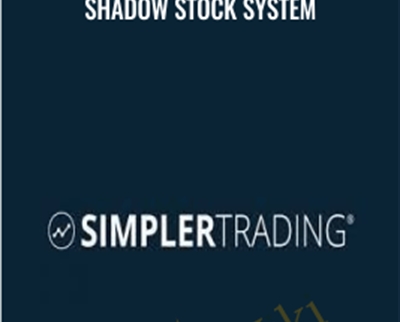
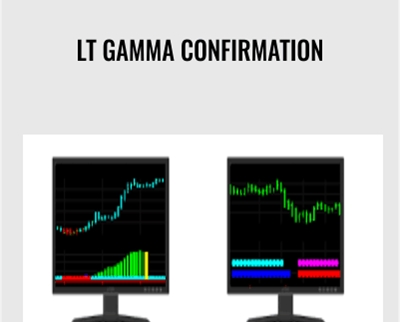
There are no reviews yet.